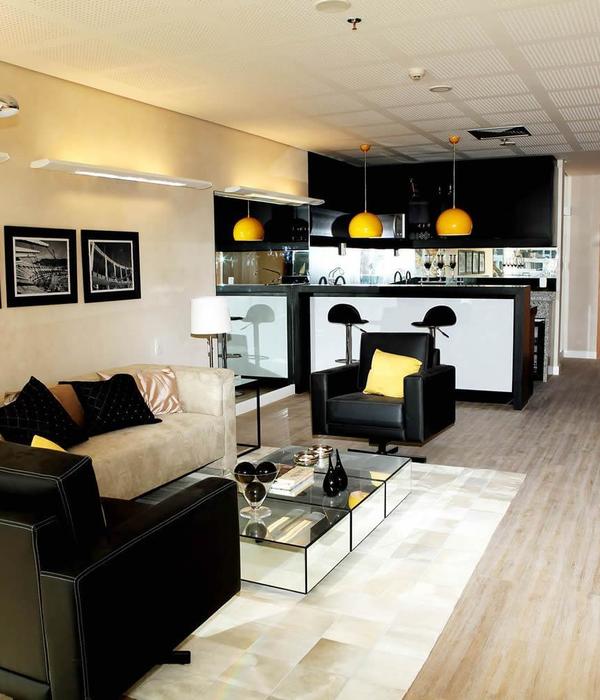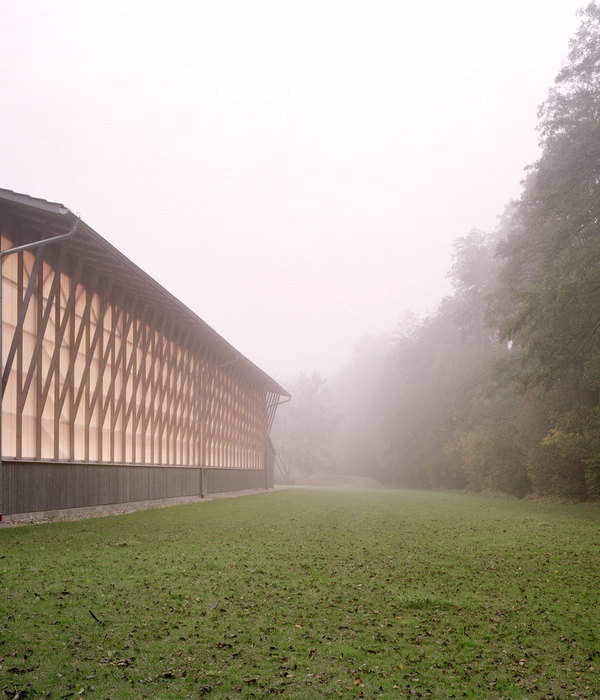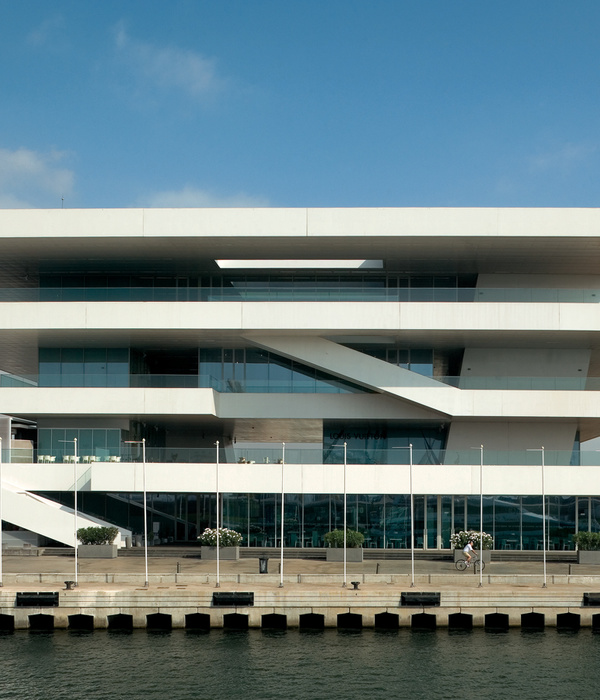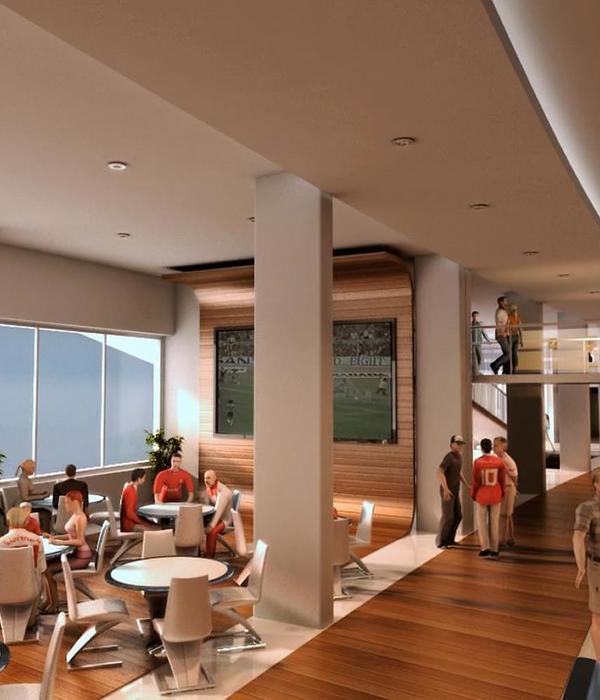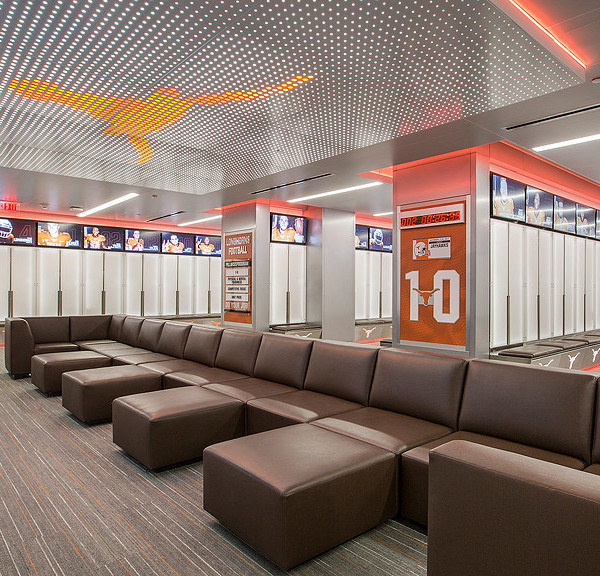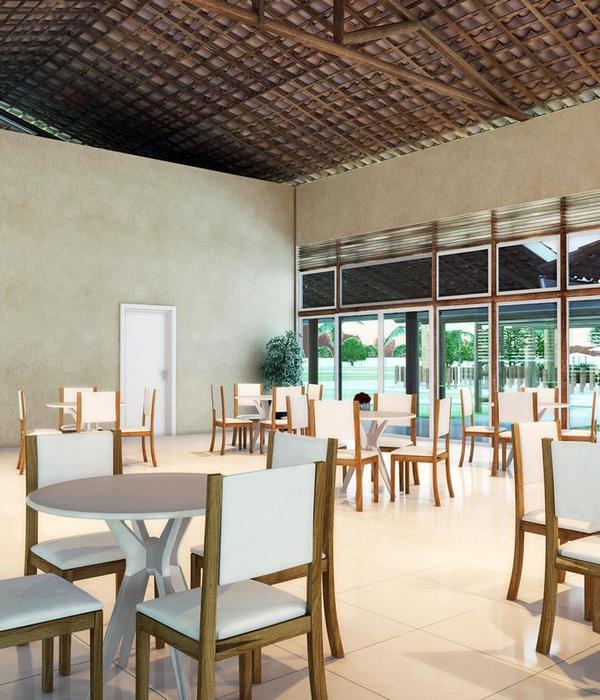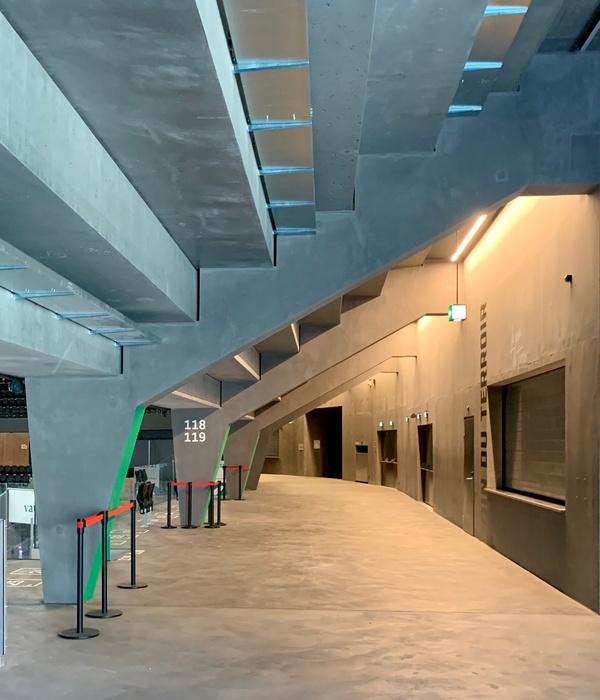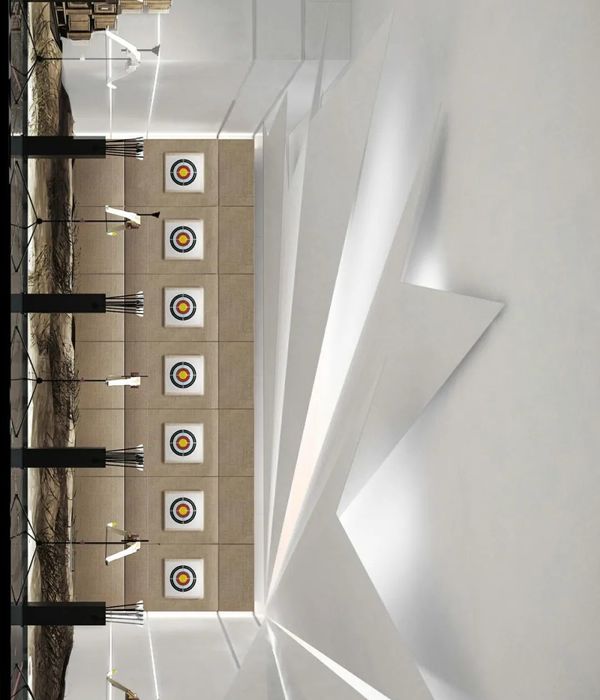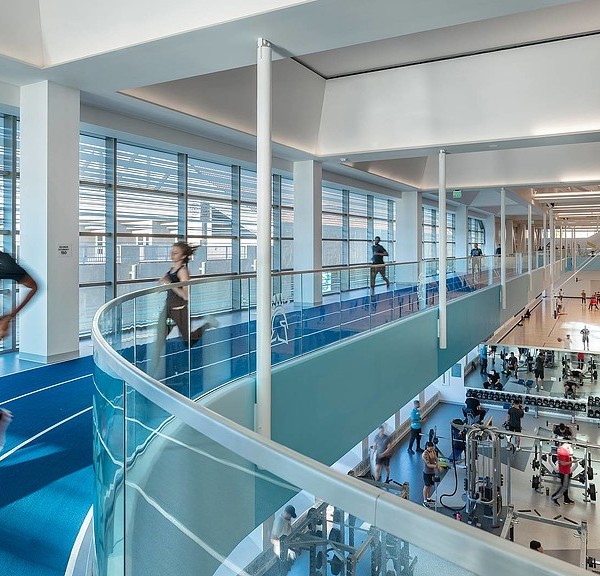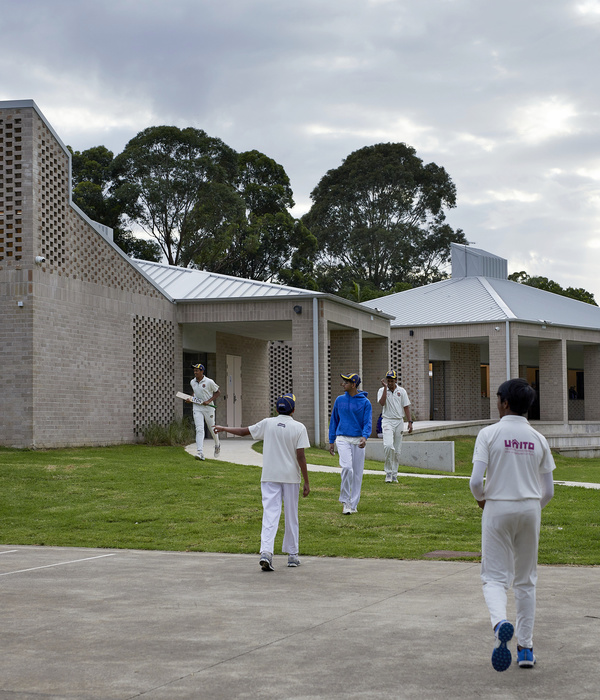The Concept Mexico is home to a wide variety of plants, animals and ecosystems: a true cradle of biodiversity. This wealth is tied closely to an ancient culture and to one of the most diverse, sophisticated, and assorted gastronomies of the world, so much so that in 2010 Mexican cuisine was declared an Intangible Cultural Heritage by UNESCO. Its history is made up of flavors, a cultural model that harmonizes and combines agricultural activities, rituals, traditional practices, wisdom, techniques and culinary habits, unique tools - such as the metate or the molcajete - and communal activities. In joining Expo Milano 2015, Mexico seeks to show visitors the wealth of its natural resources and biodiversity, and its commitment to finding solutions for a world free from hunger, malnutrition and unsustainable food production practices. It also seeks to present its contribution to the global production of a large number of foods with healing properties.
Pavilion Architecture Since its first participation in a Universal Exhibition (Philadelphia in 1876), Mexico has always delivered an impressive pavilion that captures the imagination. The fundamental theme of Expo Milano 2015 is sustainability, being as much a driving principle for feeding the world's population, as a criteria for architectural design, in terms of eco-friendly materials, ease of construction and dismantling, and fulfilling proposed programs.The architect Francisco López Guerra Almada, together with Jorge Vallejo and consulting biologist Juan Guzzy, designed the winning proposal of the international competition based on the most typical Mexican food: corn.
Indeed, its large external structure, inspired by the shape of a big corn cob, covers the 1,910 square-meter pavilion, set in a prime location at the intersection of the two main avenues. The interior offers an all-encompassing exhibition of typical produce, edged by a stream of water that gives life to the gardens and takes visitors along spiral ramps, to explore the gastronomic, ecological and cultural riches of Mexico. [ES] Proyecto ganador del Concurso Nacional de Diseño: “Pabellón de México en la Exposición Universal Milán 2015”. La idea central se basó en la gran importancia que tiene el maíz en México como centro de origen y como uno de los pilares de nuestra identidad cultural. Mientras que la fachada se inspira en el totomoxtle u hoja de la mazorca, el diseño para el interior surgió del sistema de manejo integral de la Cuenca de México durante el imperio hidráulico-agrícola del rey Nezahualcóyotl, un verdadero logro en sustentabilidad al aprovechar óptimamente el entorno natural sin degradarlo. El agua pura de los manantiales perennes en la parte alta de las montañas era canalizada por terrazas y curvas de nivel, descendiendo lentamente por la pendiente, irrigando y cubriendo grandes extensiones para cultivar gran diversidad de alimentos hasta desembocar en los lagos. Dentro del pabellón se emula la naturaleza de la Cuenca de México y de este método agrícola mediante un sistema de rampas helicoidales, plataformas y niveles que simulan las curvas de nivel y las antiguas terrazas de cultivo, dando lugar a las distintas áreas museográficas en las que se podrían encontrar cultivos representativos de los distintos gradientes altitudinales de nuestra geografía.
{{item.text_origin}}

